In addition to Weibo, there is also WeChat
Please pay attention

WeChat public account
AutoBeta


2024-11-22 Update From: AutoBeta autobeta NAV: AutoBeta > News >
Share
AutoBeta(AutoBeta.net)01/28 Report--
According to the Nikkei Chinese website, Honda China Minister Koshi Inoue revealed in an interview that "we will strive to sell 800000 pure electric vehicles by 2030." Inoue stressed that "if we can not win the competition in China, which promotes electrification, it will be eliminated by the whole world." We will change all areas, and the outcome will be decided in the next five years.
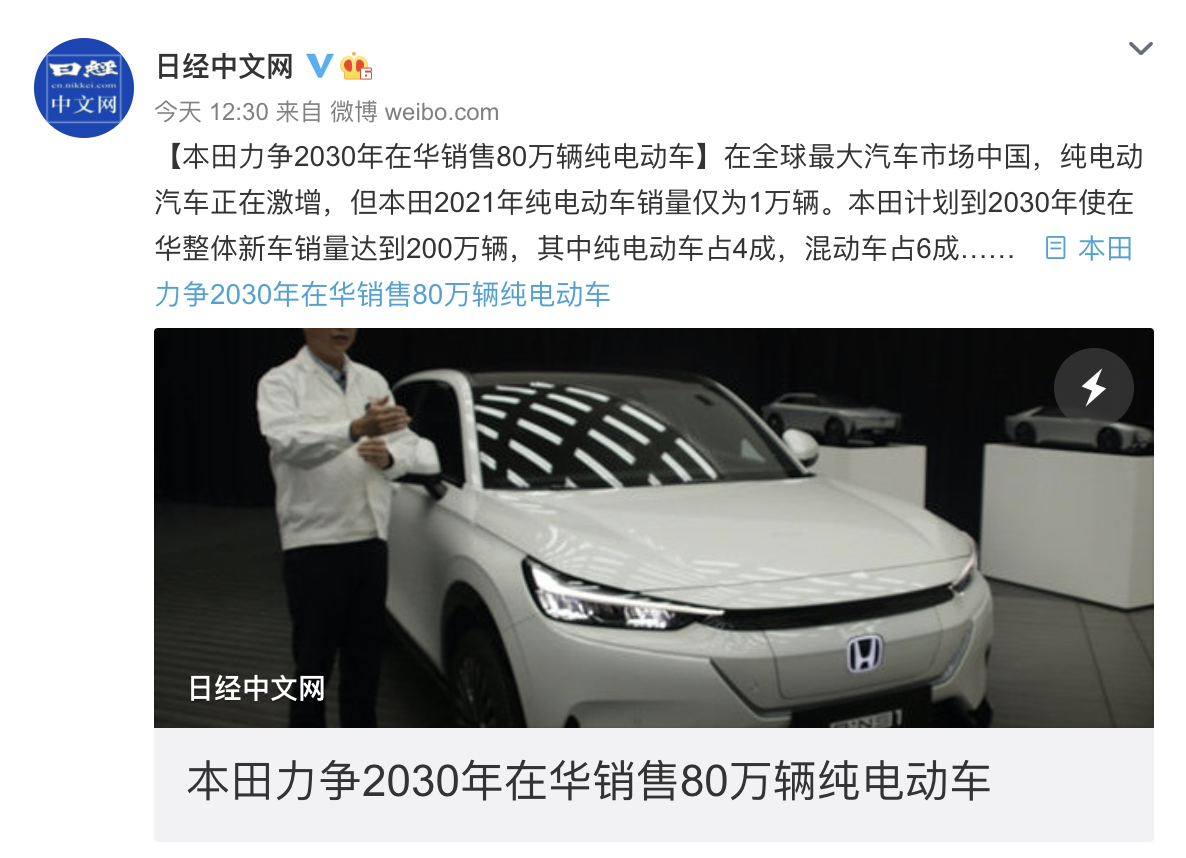
In the context of the rapid growth of new energy vehicles, the electric transformation of conservative Japanese brands is quite slow, and few blockbuster models are launched. For example, Honda has only launched VE-1 and M-NV products in China, but the sales volume is not ideal. It may be the fast-growing new energy vehicle market and the pressure of double points, which forced Honda to accelerate the electric transformation. Therefore, on October 13, 2021, Honda China released its electrification strategy, launching a new pure electricity brand "ERO N" and a new intelligent and efficient pure electricity architecture "ERO N Architecture". Honda China announced at the press conference that it will launch 10 pure electric vehicles in the Chinese market in the next five years, and will sell only pure electric and hybrid models in China from 2030, instead of new fuel vehicles.
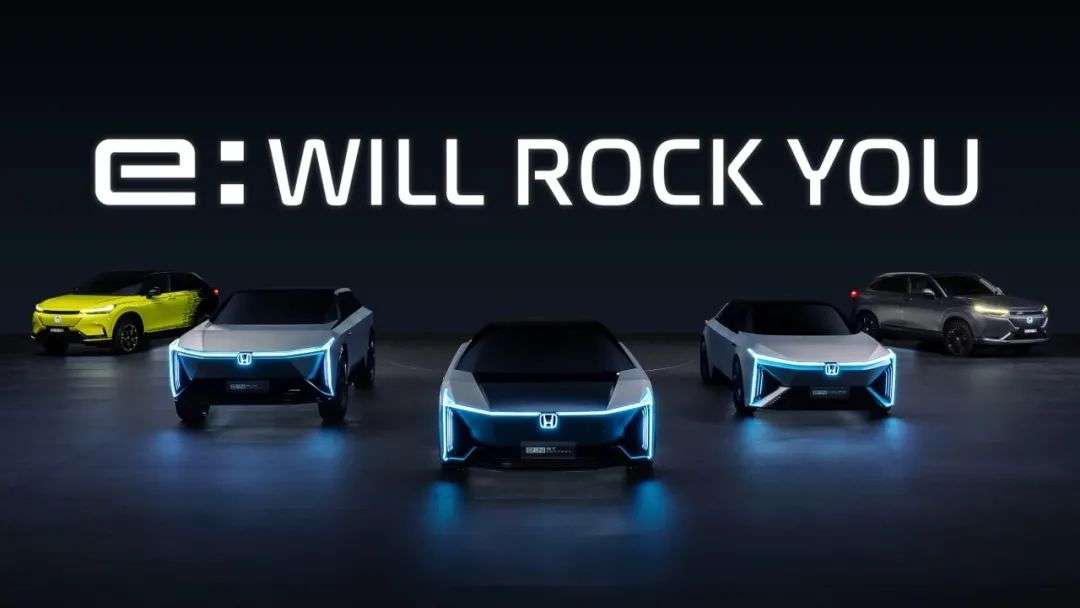
At the event, Honda China brought two new pure electric vehicles, the e:NS1 from Dongfeng Honda and the e:NP1 from Guangzhou Auto Honda, which were unveiled at the 2021 Wuhan Auto Show and the 2021 Guangzhou Auto Show. As the two models are sister models to each other, there is little difference in appearance, interior decoration and power. From the overall appearance, the e:NS1 and e:NP1 use a large number of straight lines, the closed middle net on the front face indicates a pure electric identity, and the lighted Honda LOGO is also the new logo of the ERO N series models. On the interior side, e:NS1 and e:NP1 have eliminated a large number of physical buttons and are equipped with a 15.2-inch vertical center control screen. In the configuration part, the car will also have Honda's full-stack intelligent control ecosystem, ERO N OS, which integrates the Honda SENSING 360intelligent driving assistance system and the Honda CONNECT intelligent guidance interconnection system. In terms of power, according to the declared information, the maximum power of the car is 182 horsepower (134kw) and 204 horsepower (150kw) respectively. In terms of size, the two models are positioned as the compact pure electric SUV,e:NS1 with a length, width and height of 4390 and 1560mm respectively, and a wheelbase of 2610mm. It is understood that in order to cooperate with the introduction of eRU N series products, GAC Honda and Dongfeng Honda will respectively build new factories for pure electric vehicles, which are planned to be put into production one after another from 2024.
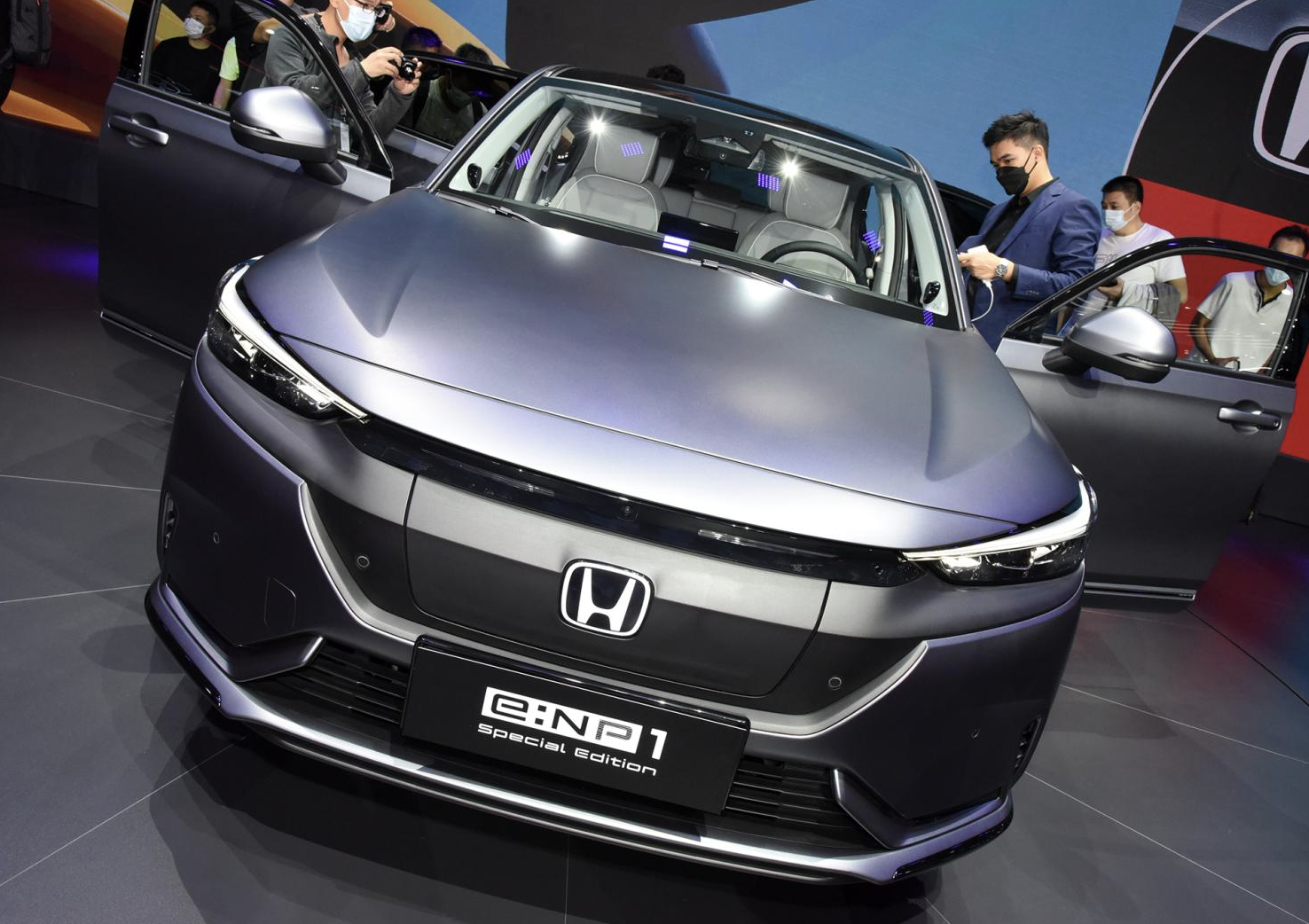
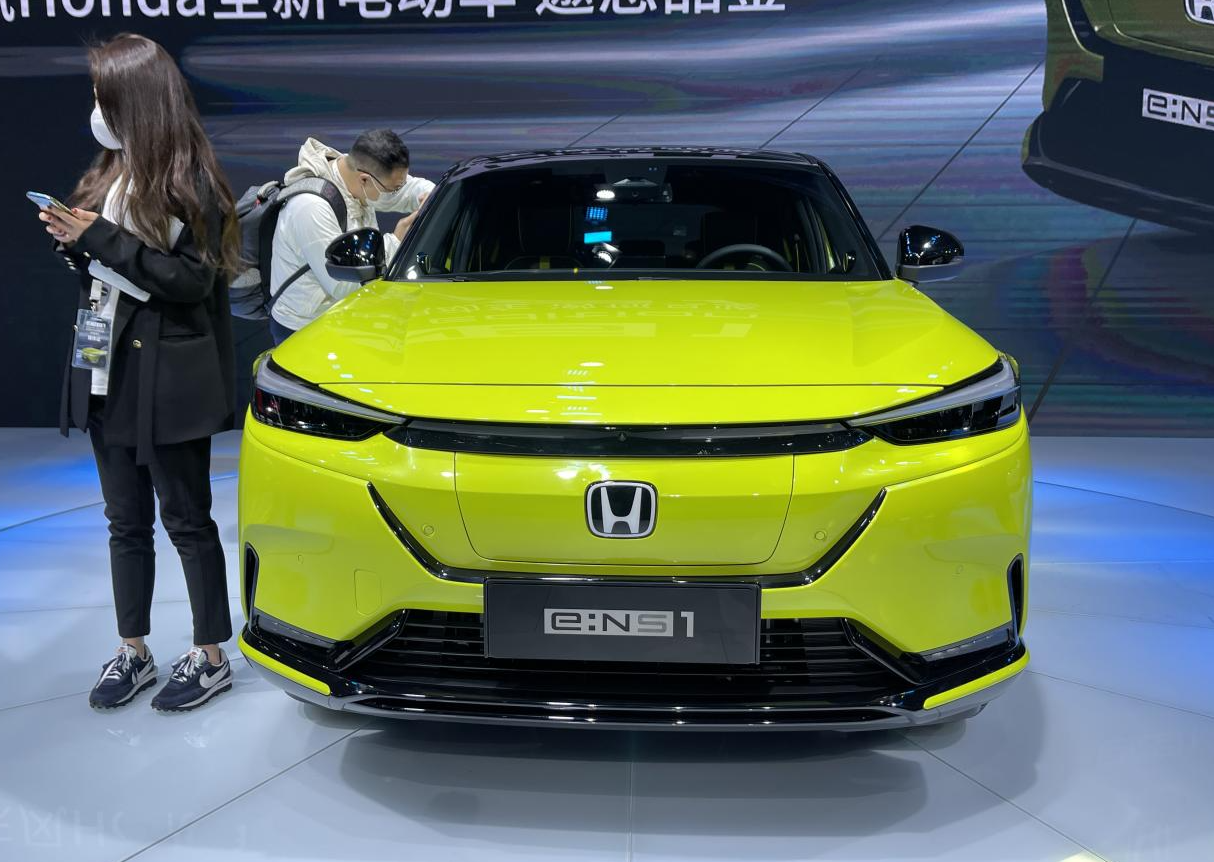
With the tide of new energy vehicles, Japanese car companies, which have always been conservative, began to enter the field of electric vehicles crazily. On November 29th, Nissan released Vision 2030, which plans to invest 2 trillion yen (about 112.84 billion yuan) in the next five years to accelerate the layout of electric drive products and technological innovation. By fiscal year 2030, Nissan will launch 23 electric-driven models, including 15 pure electric models. In the Chinese market, Nissan aims to achieve the goal of accounting for more than 40 per cent of total model sales by fiscal year 2026.
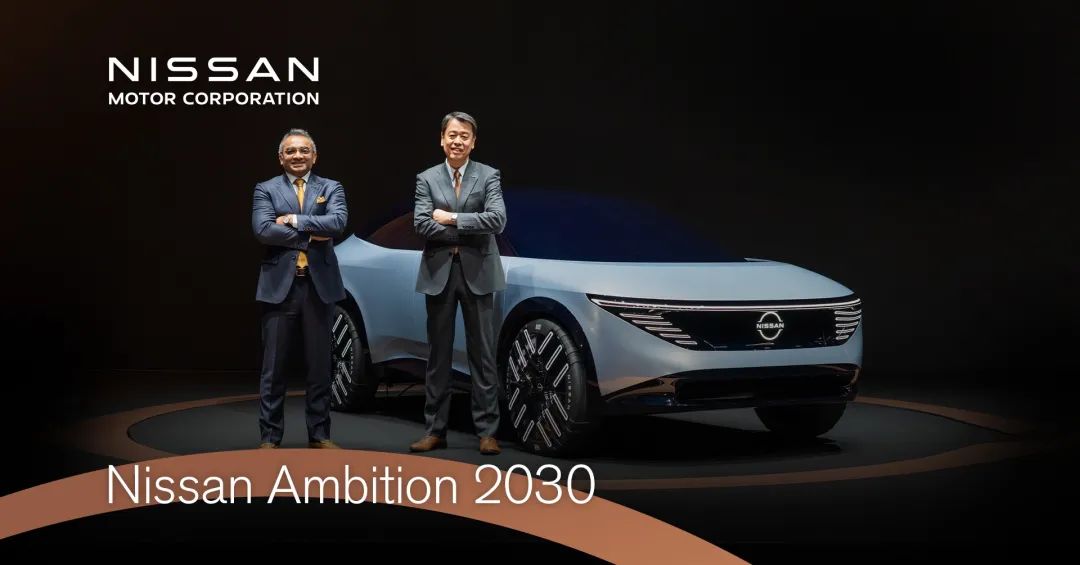
Half a month later, a Toyota press conference shocked both at home and abroad. According to Toyota's plan, 15 pure electric vehicles will be launched worldwide by 2025, and 1.5 trillion yen (88.12 billion yuan) is expected to be invested in developing power batteries and their battery supply chains by 2030, with a total of 30 pure electric vehicles. Lexus will then transform into a pure electric brand throughout the year. Among them, in the Chinese market, Toyota and Lexus will introduce 35 new electrified products by 2025, including 10 pure electric models. According to Toyota's target, Toyota's new energy vehicle sales will account for 75% of total sales in 2030, and strive to sell 3.5 million vehicles a year.
Fundamentally speaking, the main reason why Japanese car companies are not interested in electrification is that they have invested a lot of money and energy in the traditional automobile industry empire, and are worried about the subversive impact of electrification on the traditional automobile industry. as Akio Toyoda has said publicly, the goal of achieving carbon neutrality by promoting pure electric cars by 2050 is unrealistic and will deal a devastating blow to the Japanese economy. For now, however, these carmakers have to make changes, as Mr Inoue stressed at the beginning: "if they fail to win competition in electrified China, they will be eliminated by the world."
Welcome to subscribe to the WeChat public account "Automotive Industry Focus" to get the first-hand insider information on the automotive industry and talk about things in the automotive circle. Welcome to break the news! WeChat ID autoWechat
Views: 0
*The comments in the above article only represent the author's personal views and do not represent the views and positions of this website. If you have more insights, please feel free to contribute and share.





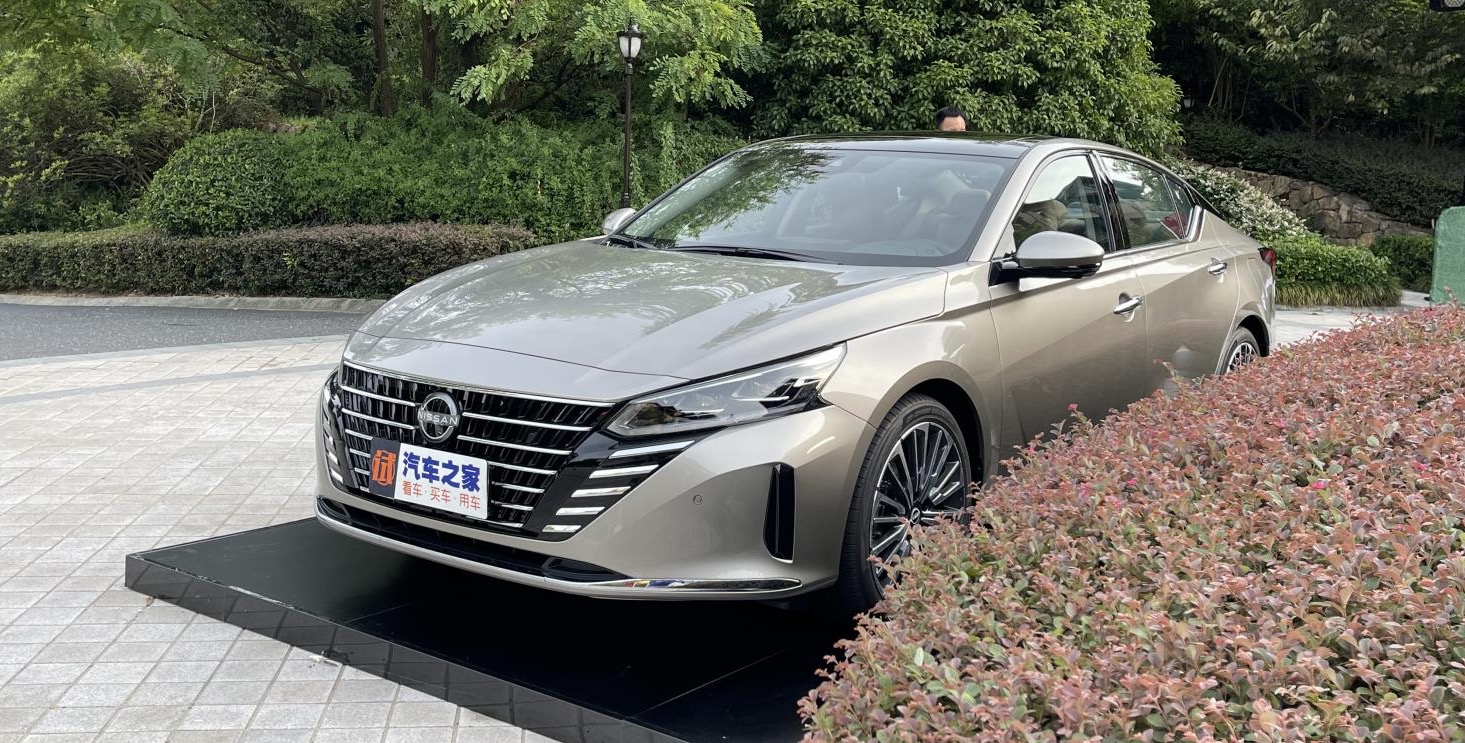




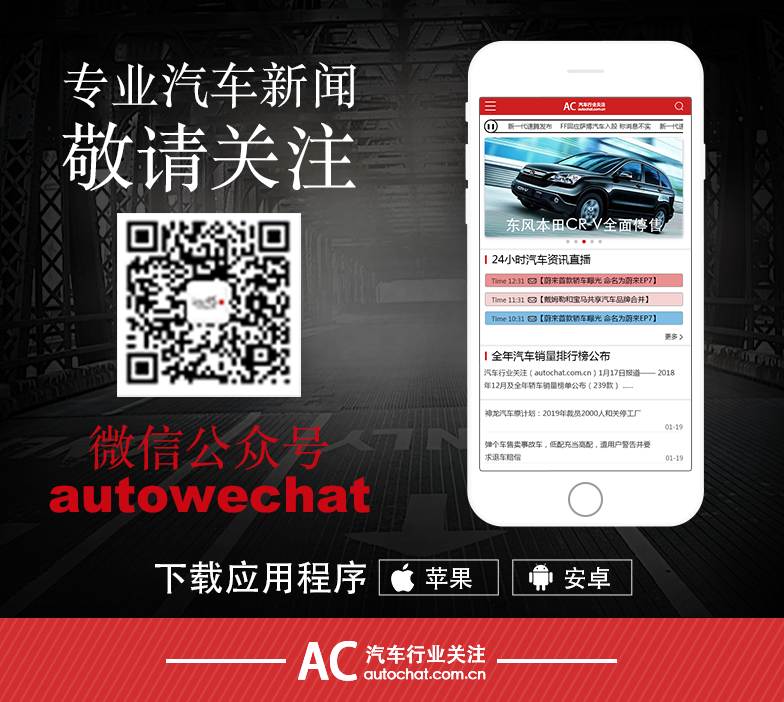
© 2024 AutoBeta.Net Tiger Media Company. All rights reserved.